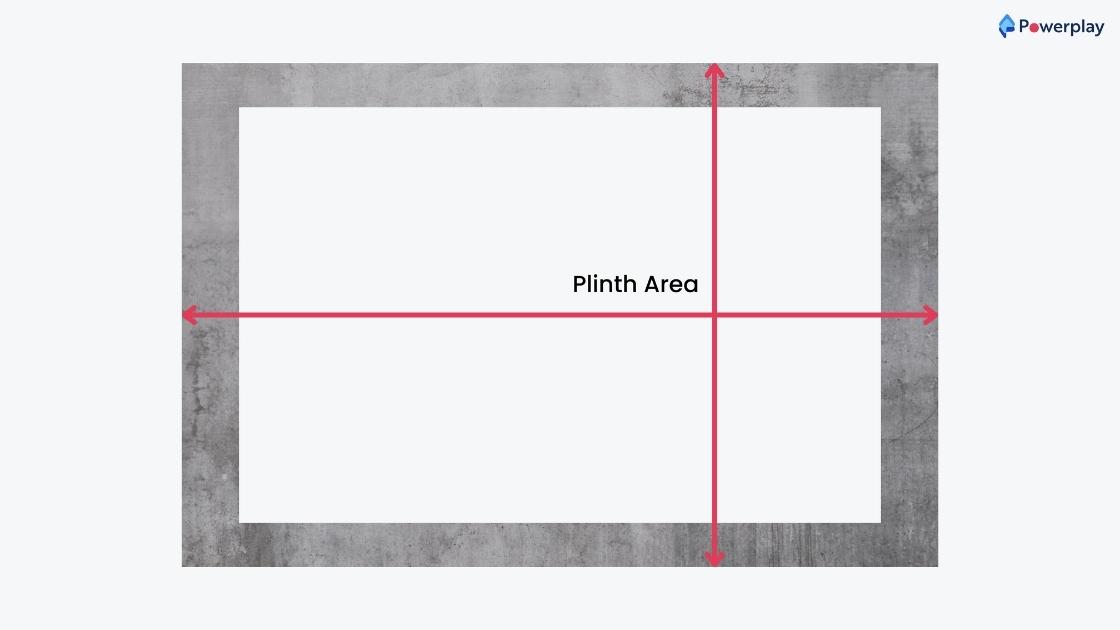What is the Valuation of a Building?
Calculating the current marketable value of a property or building is called valuation. The type of building, its location, durability, structure, shape, width, frontage, quality and cost of the building materials and their cost all affect the valuation of a building.

The height of the plinth, the height of the building, the thickness of its walls, the nature of the structure (such as load-bearing or frame structure), the type and roofing of flooring, doors, windows, etc., all affect the value of a building.
The location of a building is also a key factor in determining its value. A building in a commercial area will have a higher value than one in a residential neighbourhood. Buildings located in areas that have adequate municipal water supply, sewer, and electricity will also be more valuable. A building on freehold land has a higher value than a building on leasehold land.
A building's value also depends on its demand for purchase, which can vary from time to time. A building that has more demands is worth more.
The owner may make income from the property through rent. Therefore, the value of a building is also dependent on how much income it can generate if it is let out. The annual rent is 6% of the capital cost. It can vary depending on where you are and the market rate.
How to calculate the valuation of a building?
The age of a property can affect its value. Therefore, it is important to determine the property's age from records, enquiries or visual inspections. The future life expectancy of the building is also determined.
The present-day cost and appropriate depreciation are used to calculate the value of a building. The present-day valuation of buildings can be calculated using the following:
1. Cost From Document Records 2. Detailed measurement for Cost 3. Plinth Area measurement for Cost
1. Cost From Document Records
Estimates, bills of quantities, and current-day rates of labour and materials can all be used to determine the cost of construction. If the construction cost is known, this cost is modified by using the percentage increase or decrease in the current-day rate for materials and labour.

2. Detailed measurement for cost
If the original record is not available, the construction cost is still calculated by taking a detailed measurement and creating a bill detailing the quantities for each work item. To calculate the cost of a building, we use the current rate of labour and materials.
3. Plinth Area measurement for cost
The plinth area method is easier than the tedious and time-consuming detailed measurement method. This method involves measuring the plinth area and calculating the plinth-area rate for a similar building in the same location. The cost is then calculated.

If the building isn't thoroughly examined compared to the reference building in the area, the plinth area method might not be accurate. This problem is fixed by examining different building parts, such as the foundation, structure, floor and roof, doors, windows, finishing, etc. It is important to examine the building thoroughly.
The cost calculation can be made more precise and practical if the plinth area method has been used with care.
How to calculate depreciation?
Depreciation can be allowed to calculate the value of a building or structure. It is calculated by adding the current cost to the building. The use of the building, its age and maintenance type all affect the depreciation. The structure or building will depreciate very slowly for the first five to ten years. As the building ages, the depreciation rate increases.
What are the methods to determine the value of buildings?
There are six major methods to determine the value of a building:
1. Rental Method 2. Comparison with Capital Value 3. Profit Based valuation 4. Cost based valuation 5. Development Method 6. Depreciation Method
1. Rental Method
This method calculates net income by subtracting gross rent from all outgoings. Year of purchase (Y.P. Value is calculated using the market's appropriate interest rate. Consider, for example, a rate of interest of 5% on a Year's Purchase = 100/5 =20 years.
The property's capitalized value, or valuation, is the sum of the net income and the year's purchase. This method can only be used if the rent is known or if enquiries have determined probable rent.
2. Comparison with Capital Value
This method uses direct comparison with the capital values of similar properties in the area to determine the rental value. This method involves comparing the capital value or valuation of comparable property within the same area to determine the property's valuation.
3. Profit Based valuation
This valuation method is appropriate for commercial properties, such as restaurants, shops and offices, hotels, restaurants, shopping malls, theatres, cinemas, etc. The profit is the only determinant of the value.
After deducting all outgoings from gross income, the net annual revenue is used to value the property. Multiplying the net income multiplied by the year of purchase is how you calculate the property's value. In this instance, the valuation can be too high compared to the actual construction cost.
4. Cost based valuation
The actual cost of construction or the cost of owning the building is the bases for determining the value of the property. It allows for the necessary depreciation and takes into account points of obsolescence.
5. Development Method
This method is a good option for properties in the development stage. You can use this method if large land areas are to be divided into parcels after making provision for roads and other amenities. The valuation includes the estimated selling price for the plots and the area needed for amenities and other costs for development.
The development method of valuation is also used for buildings or properties that need to be renovated through additions, alterations, and improvements. After renovations are complete, the property's value is determined based on its expected net income.
The property's value is the sum of the net income and the year since the purchase. The actual cost of the property and the total renovation cost is compared to determine if the renovation is worthwhile.
6. Depreciation Method
The cost of land, amenities and sanitary fittings is not included in the valuation. It is only used for buildings that are maintained well. It is subject to deductions if it is not maintained. To calculate the value of the property, you should add the current land and amenities values and the water supply and electrical costs.






